Live: Rush
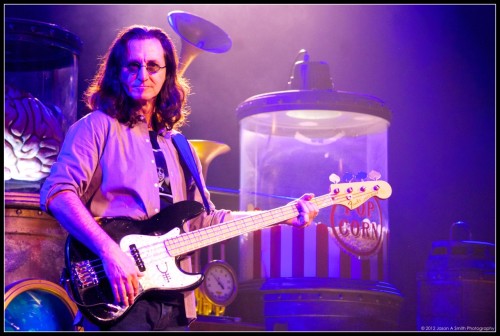 TOYOTA CENTER — 12/2/12: As a precursor to this review… I was completely unfamiliar with the term “steampunk,” and only just read about it when researching Rush. Now that I know what it is, I can see how they would be interested in such fantastic designs.
TOYOTA CENTER — 12/2/12: As a precursor to this review… I was completely unfamiliar with the term “steampunk,” and only just read about it when researching Rush. Now that I know what it is, I can see how they would be interested in such fantastic designs.
In a nutshell, steampunk deals with a futuristic vision using only items of the distant past. Think about what might happen if your great-great-grandparents were trying to dream of what life would be like in 100 years — they would only be able to use the items available to them at the time and extrapolate the future that way.
So that’s why Geddy Lee had a Victrola-looking thing where his bass amp should go! Well, I had known that Rush gave up on onstage amps long ago and instead used props like washing machines and rotisserie chicken roasters. But I didn’t have much knowledge going into the concert what the set design would be. I did, however, find it fascinating and enjoyable to look at as I listened to their music, and when it was time to take photos, I made sure to get some shots of the props.
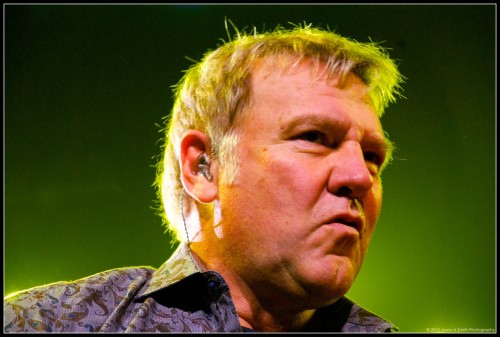 Rush is a nostalgic trip for me. I’m in my early forties, so they were in their heyday when I was in high school marching band, and high school marching band geeks were exactly the kind of kids Rush could claim as their bread-and-butter fans. So naturally, hearing a lot of the older songs took me back to those days when I was (trying to but never quite) learning “YYZ” on bass, and covering “Tom Sawyer” in one of my early bands.
Rush is a nostalgic trip for me. I’m in my early forties, so they were in their heyday when I was in high school marching band, and high school marching band geeks were exactly the kind of kids Rush could claim as their bread-and-butter fans. So naturally, hearing a lot of the older songs took me back to those days when I was (trying to but never quite) learning “YYZ” on bass, and covering “Tom Sawyer” in one of my early bands.
If I put one thing across to the casual music fan in this review, it is this: it is a monster to play bass and sing at the same time. I have been playing bass for over 25 years. I can play bass pretty well, and I can sing a tune a lot better than the guy who was behind me at this show. But I cannot do both at the same time. So with that knowledge going in, I just watch in amazement at what my high school hard rock bass idol continues to do.
The show was split up into three sections. First up were some ’80s hits to warm up the crowd. They began with “Subdivisions,” from the amazing Signalls album, and followed that with three other mid-’80s songs before hitting the classic-rock radio staple “Limelight,” from the album Moving Pictures.
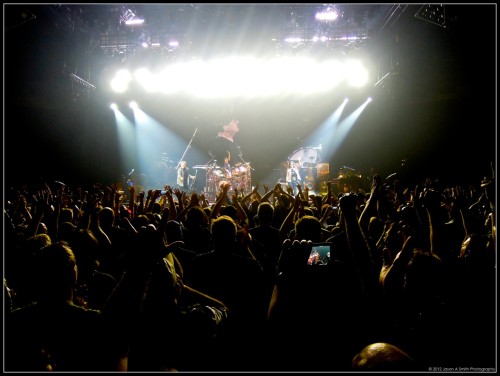 There were quite a few deeper cuts in the first set, as well, and the one I was most happy about was that they played my all-time favorite Rush song, “The Analog Kid,” also from Signals. Talk about a bass line to fuel a 12-year-old’s imagination! Another highlight was a drum solo in a song called “Where’s My Thing?,” from Roll the Bones; it’s a song and album I must admit I’m not familiar with, but to see the old master (i.e., drummer Neil Peart) give a clinic on how a stadium-rock drum solo should go was absolutely thrilling.
There were quite a few deeper cuts in the first set, as well, and the one I was most happy about was that they played my all-time favorite Rush song, “The Analog Kid,” also from Signals. Talk about a bass line to fuel a 12-year-old’s imagination! Another highlight was a drum solo in a song called “Where’s My Thing?,” from Roll the Bones; it’s a song and album I must admit I’m not familiar with, but to see the old master (i.e., drummer Neil Peart) give a clinic on how a stadium-rock drum solo should go was absolutely thrilling.
The second set (the photographers took photos during the first two songs) introduced, for the first tour ever, a string section to the Rush stage. This was indeed a brilliant move on Rush’s part — it’s impressive how they’ve remained a trio all these years, adding more and more synth and sample triggers along the way to augment the three of them (they play a lot with their feet), but there’s just something about filling out the sound with some real-live strings. Though it was just textural for the most part, it made the new songs from Clockwork Angels more exciting.
A highlight from the new songs was a riff-based song called “Carnies” that harkened back to the mid-’80s songs they had showcased earlier. A second highlight from this part of the show was “Headlong Flight,” which reminded the crowd these guys can still play their instruments like very few people on earth, and finally a second Neil Peart drum solo, in which he used a secondary electronic-based drum kit to make futuristic percussion music that today’s DJs wish they could have dreamt up.
This led into the third and final section of the concert, in which the band played several of its most well-known hits. Songs like “Red Sector A,” “YYZ,” and “The Spirit of the Radio,” followed by an encore of “Tom Sawyer” and Parts I, II, and VII of “2112.” END
(All photos by Jason Smith.)


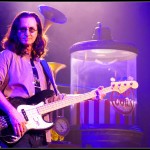
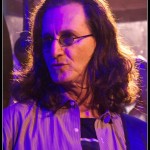
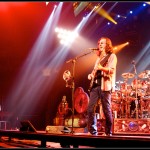
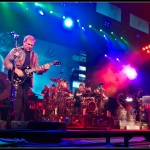
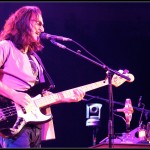
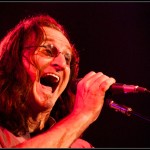
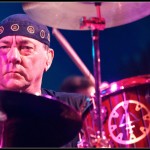
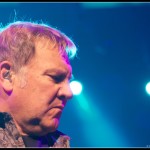
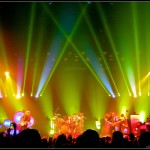
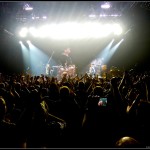
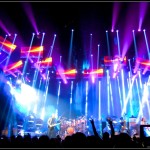
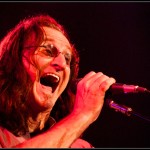
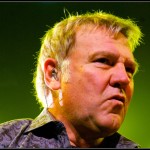
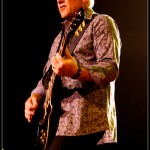
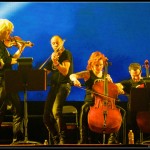
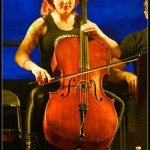

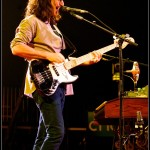
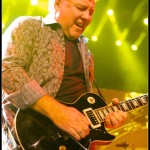
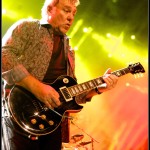
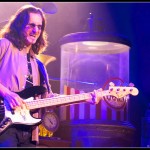

Leave a Reply